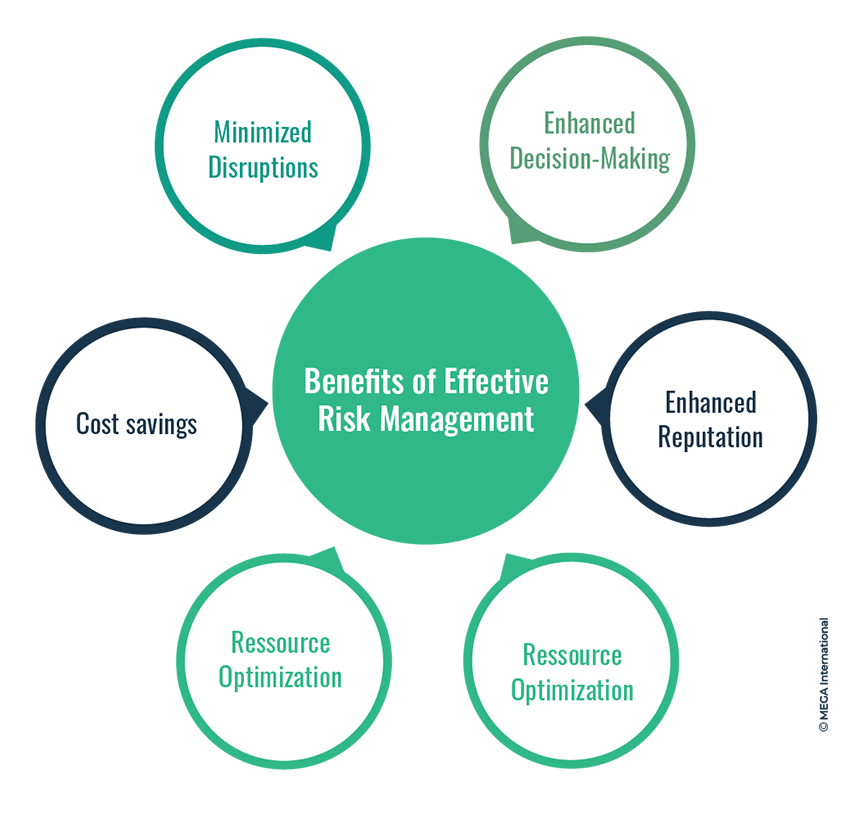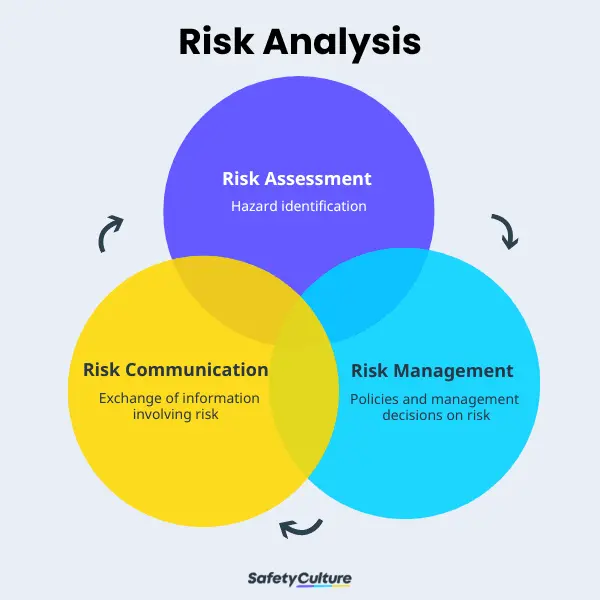Exploring the Growing Importance of Risk Management in Organizational Strategy
Wiki Article
The Significance of Recognizing the Significance of Risk Management in Various Industries

The Core Concept of Risk Management and Its Function
Risk Management, the keystone of several markets, hinges on the identification, assessment, and mitigation of unpredictabilities in a company environment. It is an integral practice that enables companies to safeguard their assets, reputation, and total survival. By appropriately determining potential dangers, businesses can establish approaches to either prevent these dangers from occurring or reduce their impact. The examination procedure involves evaluating the possibility and potential severity of these risks. The reduction procedure entails designing approaches to reduce their possible impact as soon as risks have been identified and examined. This procedure is continuous and intermittent, making sure that services are prepared for the ever-changing nature of Risk in different markets. The primary purpose, therefore, is to foster durability among unpredictabilities.Benefits of Carrying Out Risk Management in Company Procedures

Introducing the Function of Risk Management in Different Industries
While every sector faces its one-of-a-kind set of threats, the application of Risk Management methods continues to be a common in their pursuit of sustainability and growth. In the healthcare sector, Risk Management involves making sure patient safety and data defense, while in money, it involves mitigating financial investment dangers and making certain regulatory conformity (importance of risk management). Construction companies concentrate on worker security, task delays, and spending plan overruns. In the innovation sector, business alleviate cybersecurity dangers and modern technology obsolescence. Ultimately, the function of Risk Management across sectors is to recognize, evaluate, and minimize risks. It is an important element of critical planning, allowing companies to safeguard their properties, maximize possibilities, and accomplish their goals.
Real-life Instance Researches Showing Effective Risk Management
To understand the value of Risk Management in these lots of fields, important link one can look to a number of real-life circumstances that illustrate the successful application of these measures. Toyota, post the 2011 quake in Japan, changed its supply chain Management to minimize disruption risks. These situations show exactly how industries, discovering from situations, effectively used Risk Management approaches to minimize future dangers.
Future Trends and Developments in Risk Management Techniques
Cybersecurity, as soon as a peripheral problem, has actually catapulted to the center of Risk Management, with methods focusing on detection, reaction, and avoidance. The integration of ESG (Environmental, Social, Administration) variables right into Risk Management is an additional growing pattern, mirroring the enhancing recognition of the function that environmental and social dangers play in business sustainability. Hence, the future of Risk Management exists in the fusion of sophisticated technology, ingenious techniques, and an alternative technique.Conclusion
In conclusion, understanding the relevance of Risk Management across a spectrum of markets is critical for their long life and success. Customized methods can help reduce possible threats, protect assets, and foster stakeholder trust. In addition, proactive decision-making aids in regulative conformity and optimizes source use. Eventually, successful Risk Management adds to more durable and lasting organizations, highlighting the relevance of this method in today's very affordable and vibrant service atmosphere.While every industry challenges its one-of-a-kind collection of threats, the application of Risk Management techniques remains a common in their pursuit of sustainability and growth. In the medical care field, Risk Management requires guaranteeing patient safety and security and data defense, while in money, it includes mitigating investment dangers and guaranteeing regulatory conformity. Inevitably, the function web link of Risk Management throughout this link markets is to recognize, evaluate, and alleviate dangers. These cases show how markets, discovering from crises, effectively used Risk Management methods to decrease future threats.

Report this wiki page